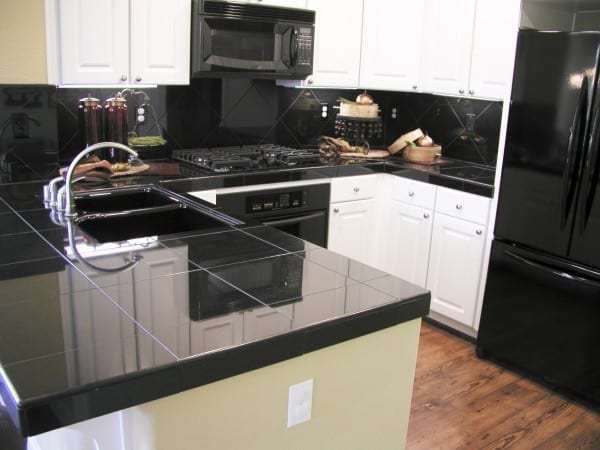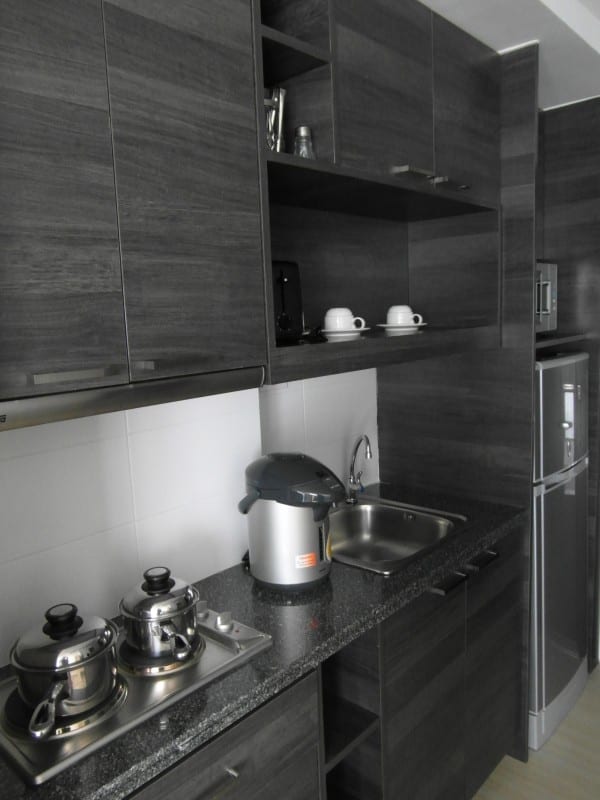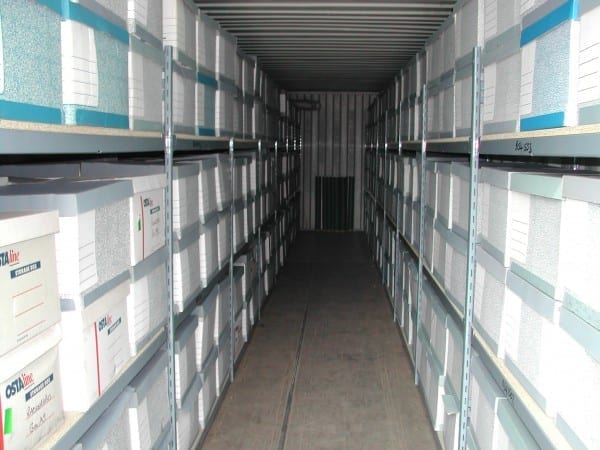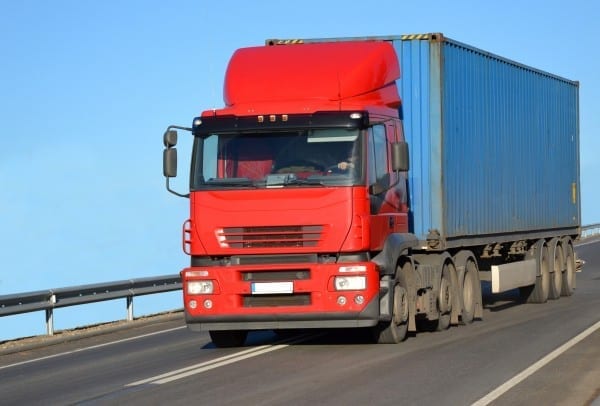Author mls
Moving house can be a fairly resource intensive activity. Apart from all the clutter that frequently ends up in landfill during a move, there are also transportation emissions, packing materials and other waste to think about if you want to make your move less damaging to the environment. Read the full post for some handy tips to help you pack and move house with less impact on the planet.
If you are planning to move in the near future, you might already be wondering how to move your items. Moving by yourself, also known as a DIY move, might seem like a great way to save money, but in reality can actually cost you more. Read the full post for some things to think about when deciding whether to use a professional removal company or do it on your own.
If you are musically minded and play an instrument, you’ll already know how inconvenient it can be to move that instrument around, particularly if you play something large like a double bass or piano. Even if you play a less substantial instrument, if you don’t need it for a few months then keeping it safe has to be a top priority. Read some top tips from the experts if you are considering putting a musical instrument into self storage…
Getting to grips with your home is all about recognising what is essential, what is useful and what is really not necessary. You could spend hours sorting and organising, but if it’s not one of the essential things, you’ll find there is still too much to do in the home.
Take a moment to sit down and write down all the jobs you currently do and want to be doing on a regular basis. Now categorise these tasks under one of three headings:
- Must do
- Nice to do
- Not really necessary
If you’re getting ready to move into your new home, now is a great time to make some small changes that will get you on a greener footing straight away. There are some easy things you can do as soon as you get there to make your home a more eco-friendly place to be…
There’s so much to do if you’re planning a move; some of the things you should definitely not forget to do before the big day include: Redirecting your post, informing your bank and insuring your new home, both the building and the contents.
Self storage is becoming a popular option for many householders who are struggling for space. In many cases they simply do not have enough room at home to store their items, but for some it is a specific situation that has prompted them to book up some additional space. Here are some of the times self storage has come to the rescue:
Summer holiday students: Students who return home for the summer may not have room in their car (or at their parents’ house when they get there) to store all their university clothing, furniture and equipment. Self storage means they can leave it in their University town, and easily retrieve it when it’s time to start back in the autumn.
Moving house is always a busy time, whether your home is bought or rented. Without the pressure to find a buyer for your property though, moving between rental properties can be a lot more flexible than buying. And with minimum… Continue Reading →
Here are some simple guidelines to prepare your stored possessions for the long, cold winter months ahead. Some preparation now will protect your belongings from any damage.
One of the commonest problems with items in long-term storage is the moisture occurring naturally in the air. So if you have an external storage unit that does not have a climate control system or dehumidifier installed then follow these steps to make sure your precious belongings remain in good condition throughout the winter:
Moving house can be incredibly stressful, and even more so if you are unprepared. By taking the time to plan for the move thoroughly, you can reduce the stress you are feeling and make for an easier moving experience. Here are out 10 top tips for getting ready to move to help you plan and prepare.
Book a removal company: Moving companies get booked up quickly, especially on weekends, so book early to secure your date.
Order boxes: Order some sturdy moving boxes either through your removals company or independently, as well as packing materials.
Declutter: There is no sense in moving things you don’t need, so have a thorough clear out before you start packing.
The majority of people are trying to live more sustainable lifestyles today, and if you’ve made the effort to reduce, reuse and recycle, why should moving home be any different? Here are a few top tips for making your move greener this time.
1. Use recycled packing materials
Using recycled boxes, as long as they are still robust and in good condition, is a great way to save on waste. As well as this, you can use recycled materials to pack it out instead of opting for environmentally unfriendly bubble wrap.
2. Use clothes to pack out boxes
Rather than filling empty spaces in boxes with newspaper, packing nuts or bubble wrap, use your own clothes, pillows and blankets to fill them up. You were planning to move these things anyway, so why not make use of them!
3. Work with eco-friendly movers
Look to book a removals company that has good green credentials. Ask them about their environmental policies, and look for companies using modern, efficient vehicles or who offer carbon offsetting for your job.
Here are some top reasons businesses should be considering self storage for their company today:
Cheaper than moving: If you are running out of space in the office, renting some storage space for event materials, document archives or spare furniture can free up valuable space for another worker or two, meaning you do not have to go to the expense and trouble of a move.
Affordable: Storage companies offer great rates to business customers, particularly if they are signing up for an extended period.
Flexible: Most self storage providers will let their customers up or down grade with no financial penalties to pay. This means if you need a cupboard today but want a 30 foot room tomorrow, you should be able to make a change without hassle.
Self storage facilities are useful for so many things but sometimes they are used for things that you would not expect. Apart from storing personal possessions or business stock they have also frequently been used as locations for films and TV programmes, and even as the subject of whole TV programmes when the contents of abandoned units are auctioned off. They have also been used in big-budget films as back-drops for crime scenes, horror scenes or sci-fi action. Various self storage sites have been used as locations for popular TV programmes such as one of my favourites: Homeland (Damian Lewis does such a good American accent – so different from his own polished accent).
There are any number of reasons why you might be thinking about using self-storage: you might have sold your home and be moving temporarily into furnished rented accommodation, you may run a small business and have spare stock or seasonal stock that is taking up valuable office or retail space, you may be building your dream home and living in a mobile one in the meantime. Whatever the reason it is worth understanding some of the basics of self-storage so you can make the right decision on what type is best for you or your business. Self-storage is, in it’s simplest form, just renting some space and moving your possessions in, then having easy access to take them all, or some of them, out as needed.
But just what are the main types of space available?
We all know that moving house is a stressful event, whether you are moving from a 1-bedroom apartment or a 5-bedroom family home but that stress can be minimised by choosing a reliable, efficient removals firm. They can pack your boxes for you, if you prefer, to protect your valuables and breakables and will know how to get that large wardrobe up the awkward stairs. It is important to get a few quotes as all companies vary in price and the service they offer so you need to compare both of these to see what fits with your budget. The cheapest may not necessarily be the best if the service is lower so make sure you know what you will be getting for the price. One of the best ways to find a good removals company (and avoid the bad ones) is by personal recommendation from friends or family. But what else should you look out for when selecting a removals company?
Beware of Short-Term Special Offers:
I’m sure you’ve seen the special offers available from some self-storage companies with a huge discount on the first month, or sometimes a month free, or 6 months for the price of 3, but it’s important to work out the total cost over the whole period you expect to be renting the storage unit, particularly if this is going to be 6 months or more. Also take into account when calculating costs any extras provided such as free collection – this can save you the cost of hiring a van as well as the time and effort to transport your possessions to the storage facility.
Many headline grabbing rates have hidden costs or work out significantly more expensive when the rental cost reverts to the standard rate. Check the minimum sign-up period, minimum size of self-storage unit and the terms and conditions so that you know exactly what you will be paying over the whole storage period. Also look for companies like storing.com that have a fixed price for 5 years so will not increase their charges over this term once you are renting one of their storage units. In the long run these sorts of deals can work out significantly cheaper than the “50% off” deals.
Compare Insurance Deals For Self-Storage Unit Contents: People choose to store all sorts of possessions in a self-storage unit and often they do not have much, if any, monetary value; sometimes they are items of purely sentimental value that we can’t bear to part with but don’t have room for in our homes. Of course, people also store highly valuable items in self-storage such as classic cars, family heirlooms or business stock, and when a family temporarily relocates overseas they may store the whole contents of their home. So whether items have only sentimental value, have a high individual value or the sheer quantity of belongings makes the total value high you should think carefully about what type of insurance to take out while the items are being stored. In the event of theft, fire or damage from another cause such as flooding you will want to be sure that you are adequately compensated. There is nothing worse after the upset of losing your possessions to find you cannot replace them with something similar. So do make sure you check the insurance options available both from the self-storage provider and by checking independently.
Don’t Store Your Clutter:
If you are thinking about renting a self-storage unit you are probably a bit of a hoarder; that’s fine, so am I, and I like to keep all those things that I might have a use for one day. I see it as my own personal recycling effort. Why spend money on something new when I could re-use something I already have? Many of us also like to keep things we have inherited or been given as a present but we might not necessarily want them on show in our home. So self-storage is a great idea for people like us, but if you want to keep your costs to a minimum then just make sure you are storing items that you genuinely want to keep and not clutter or rubbish. In fact, what is the difference between clutter and rubbish? Very little…
Large self-storage units are, obviously more expensive than smaller ones so it makes sense to clear out as much clutter as you can first. After all, what’s the point of paying to store rubbish? So sort through all your belongings first and try to sell what you can either through free ads in your local paper or on Ebay. If you have enough stuff you could even do a car boot sale. Anything you can’t sell can be given to charity or recycled or, as a last resort, thrown away.
So remember, a great money saving tip for your self-storage costs is to only store the things you really want to keep so that you can rent the smallest unit possible. Simple really…















Recent Comments